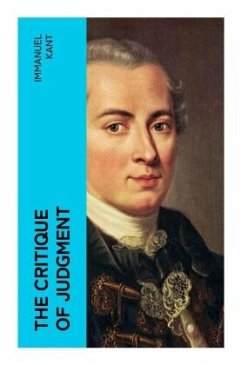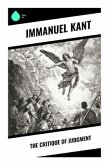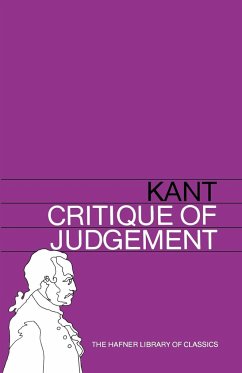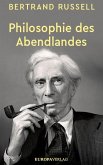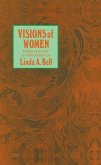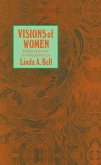In "The Critique of Judgment," Immanuel Kant delves into the realms of aesthetics and teleology, crafting a pivotal exploration of the relationship between beauty, art, and the nature of judgment. This work, published in 1790, combines meticulous philosophical argumentation with insightful examinations of taste and the sublime, positioning it as a cornerstone of modern philosophical thought. Kant's unique literary style harmonizes intricate reasoning with clear exposition, inviting readers to reconsider their experiences of art and nature within the framework of his critical philosophy, thereby bridging the gap between empirical observation and metaphysical inquiry. As one of the central figures of the Enlightenment, Kant's intellectual journey profoundly influences his critique. Born in 1724 in Königsberg, he was shaped by the tumultuous ideas of rationalism and empiricism, leading him to examine the structures that underpin human understanding. Kant's rigorous questioning of how we discern aesthetic value reflects his broader philosophical project to delineate the limits of reason and its applications in moral and epistemological contexts, influenced by the socio-political climate of his time. This book is an essential read for those seeking to understand the evolution of aesthetic theory and its implications for contemporary art criticism. Kant's nuanced arguments challenge the reader to engage deeply with notions of beauty and purpose, making "The Critique of Judgment" a compelling exploration for scholars, artists, and anyone intrigued by the philosophy of art.
Bitte wählen Sie Ihr Anliegen aus.
Rechnungen
Retourenschein anfordern
Bestellstatus
Storno

